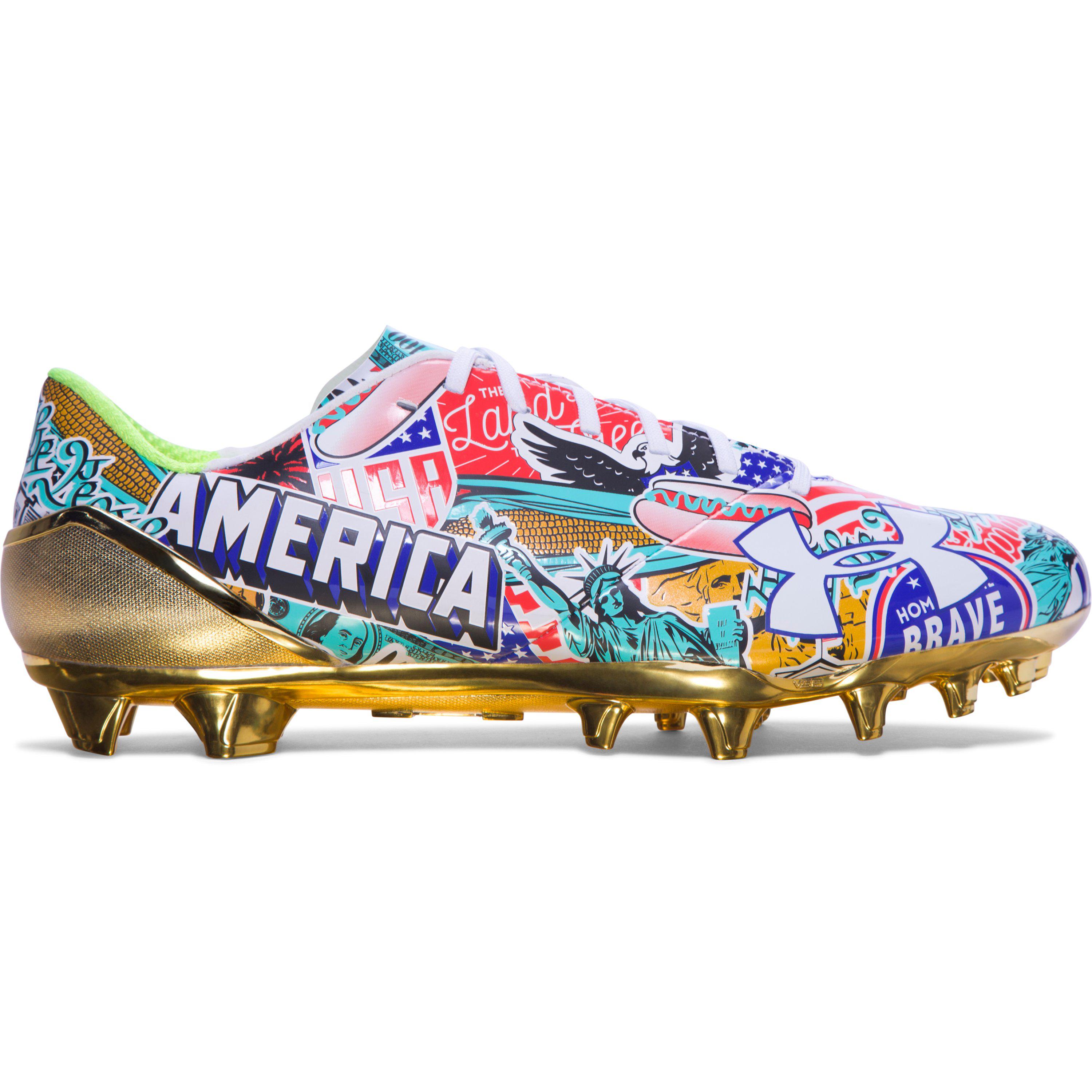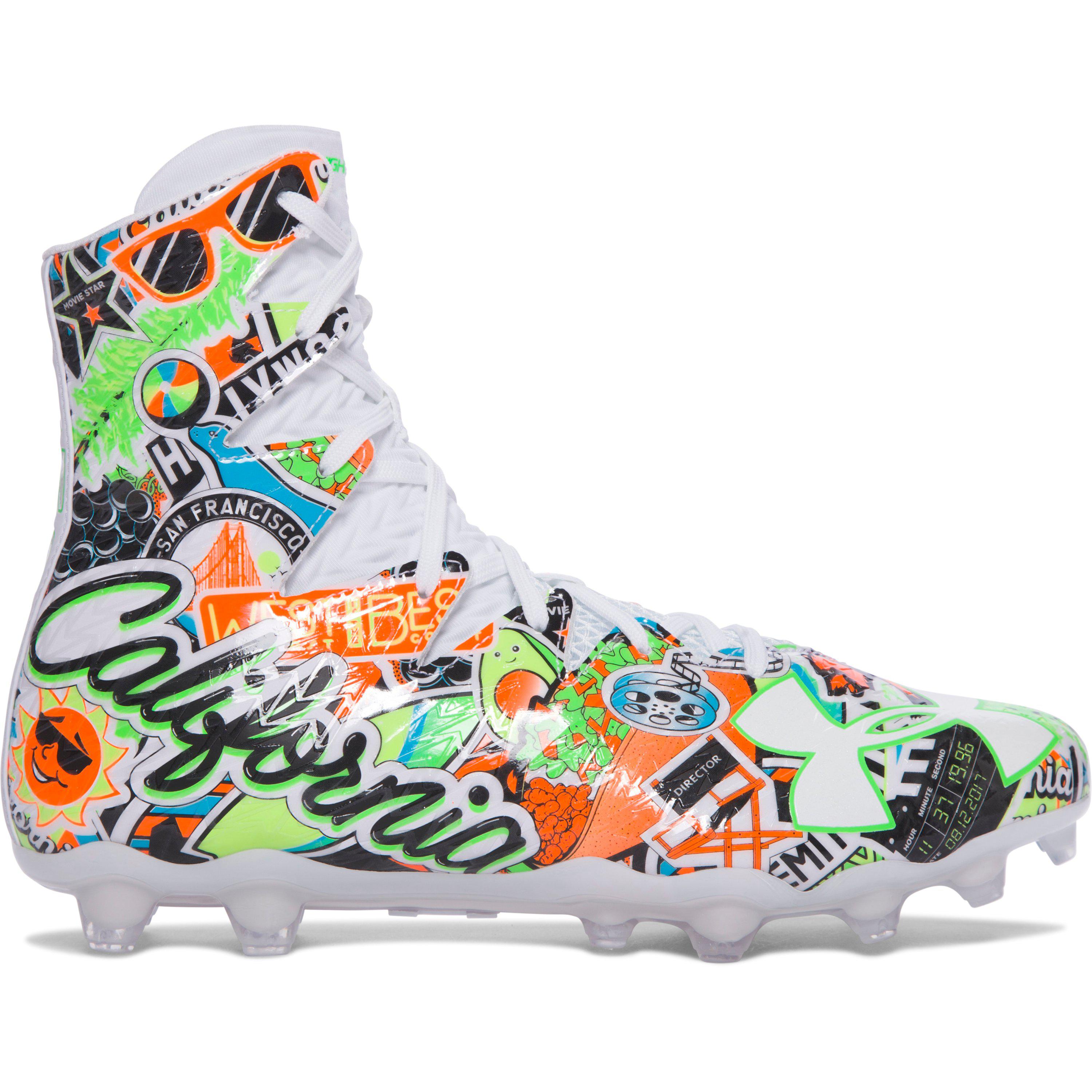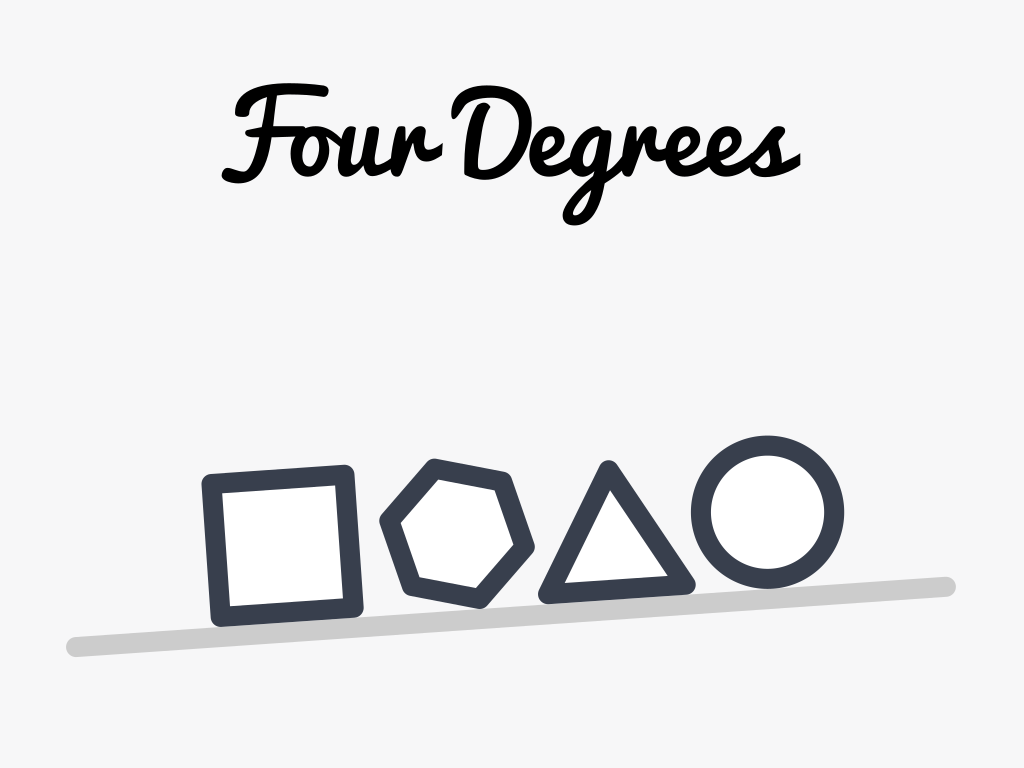Table Of Content
Inspired by the 1917 revolutions, Russian artists like Kasimir Malevich and El Lissitzky sought to re-define art for coming socialist era. Their solutions, Suprematism and Constructivism, utilized simplified geometric forms and strong, sans-serif typography placed in unusual configurations. The Bauhaus mantra of 'form follows function' applies to design in the spirit of the International Typographic movement.
Fala Atelier transforms Porto warehouse into "house of many faces"
This cross-cultural collaboration blends the unique perspectives of Karimoku’s craftspeople with an international group of designers, presenting new standards in Japanese furniture design. The Swiss design principles have been adopted worldwide, and it has greatly impacted modern typography. Swiss typography is known for its clean, simple, and minimalistic approach. This approach has been widely adopted in modern typography, making it more functional, legible, and accessible. Swiss design is widely recognized as one of the most influential design movements of the 20th century.
Swiss Design as the International Typographic Style
It’s not just a style; it’s a philosophy where simplicity meets precision, and every line serves a purpose. Everything that defined the International Typographic Style began with a grid. By carefully placing text flushed left, designers could have organized and legible information.
Typography
Swiss designers believe that design should be functional, minimal, and universal, and should communicate its message in a clear and direct way. This principle is one of the core reasons why Swiss Style graphic designers pay so much attention to type. Typeface is one of the most fundamental elements of visual communication that is able to deliver the message in a very precise, clear way.
And let’s not forget about articles on postmodern graphic design, grid systems in graphic design, Gestalt principles of design, and the golden ratio in design. It’s like the design version of that friend who’s always straight to the point. Meanwhile in Holland, artists like Theo von Doesburg and Piet Mondrian established a movement that came to be known as De Stijl (or simply “the style”). Spanning architecture, painting and graphic design, De Stijl’s principles were rooted in mathematics and grid forms that served as compositional tools. Swiss style is considered one of the most large-scale phenomena in graphic design.

Style features
“I thought, if somebody’s taking care of the baby, they have a space where they can come and feel like it’s a retreat,” Sabatella says. The designer outfitted a door handcrafted in India with a vintage mirror to create a one of a kind headboard and bathed the space in deep emerald green. The glamorous touches continue in the ensuite bath, where Sabatella added a custom mirror-tiled tub that plays off the vintage French tile floor. Designer Lara Hovanessian packed plenty of bold design elements into the powder room and adjacent lounge. A moody House of Hackney floral wall covering lines the dressing area, which leads to a powder room accented with a Kelly Wearstler’s Graffito II from Walnut Wallpaper. A black-and-white triangular mosaic tile floor by Artistic Tile from Mission Tile West puts a contemporary twist on the classic checkered pattern.
Remembering Max Bill, the one-man Bauhaus - SWI swissinfo.ch - SWI swissinfo.ch in English
Remembering Max Bill, the one-man Bauhaus - SWI swissinfo.ch.
Posted: Tue, 30 Jul 2019 07:00:00 GMT [source]
The use of Helvetica might not define International Typographic Style, but its everywhere presence is a constant reminder of the impact those radical Swiss have in our everyday lives. About 125 miles northeast of Hofmann and Ruder’s School of Design, Max Bill and Otl Aicher opened their own school in Ulm, Germany. These teachings fell into step with the objectivity and readability of the International Typographic Style, which aims to create content that is easily recognized and understood by anyone who views it. Originally released by Danberry & Peignot in 1957, the family passed through the hands of the Haas Type Foundry before being purchased in 2007 (along with all of Linotype) by Monotype. Designers Frank Slesinski and Serena Brosio collaborated on the charming living room in the Gatehouse. “One of the main things we did was add a window seat, which looks like it should always have been here,” Slesinski says.
Unity was also maintained through a heavy use of repetition in color and shapes and further emphasized through transformation of the shapes. Layouts tended to be asymmetrically organized on a mathematically constructed grid. The asymmetry gives greater emphasis to whitespace as does the general minimal aesthetic. Swiss designers were after an asymmetrical balance between the positive and negative elements in a design. Perhaps the most well known of the Swiss Designers was Josef Müller-Brockmann who was a designer, teacher, and writer.
Type interacts with design, and together, they dance to the rhythm of clarity and precision. Keller was all about breaking norms, pushing boundaries, and thinking outside the box. He was the cool teacher at the Zurich School of Arts and Crafts who told his students to experiment and innovate.
The format of the journal represented many of the important elements of the style—visually demonstrating the content—and was published internationally, thus spreading the movement beyond Switzerland's borders. Magazines placed more emphasis upon graphic design during the postwar period. Alexey Brodovitch, the art director of Harper’s Bazaar from 1934 until 1958, pioneered a new approach to magazine design. The beauty of Brodovitch’s designs was enhanced by the impressive team of collaborators at Bazaar, which included photographer Richard Avedon.
Their style, which was called the International Typographic Style at the time, was guided by the ethos that design should be as invisible as possible. All traces of the designer’s subjectivity should be suppressed in order to let the “content” of a work shine through. It is similar to the axiom of architectural modernism that form should follow function. Asymmetrical layout was inherited by the Swiss school from the tradition of the International Typographic Style. Originating in the 1920s, the tradition of asymmetrical text layout became fundamental in Swiss graphic design. The Swiss school made asymmetry the basis of the graphic style, improving the techniques of asymmetrical layout and creating its stable standard.
These guys weren’t just designers; they were educators, shaping the minds of future generations. Swiss Design isn’t just about looking cool; it’s a mindset, a way of solving problems through design. Imagine stepping back in time, right to the moment when Swiss Design started shaping up. It’s a reaction, you know, to the fancy curves of the Arts and Crafts movement, German Jugendstil, and French Art Nouveau. Let us know if you're a freelance designer (or not) so we can share the most relevant content for you. Over in Basel, Armin Hofmann was exploring a similar but nonetheless distinctive approach.













